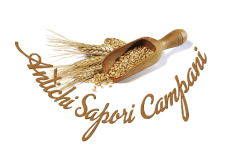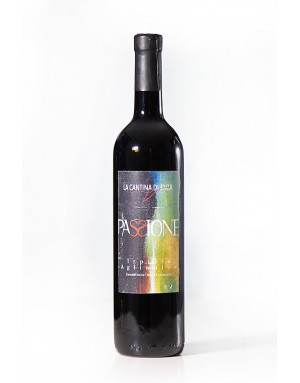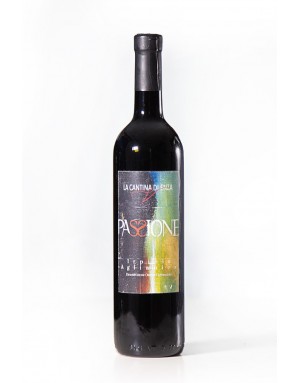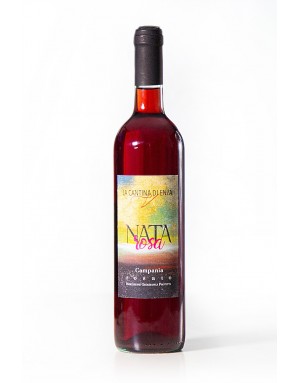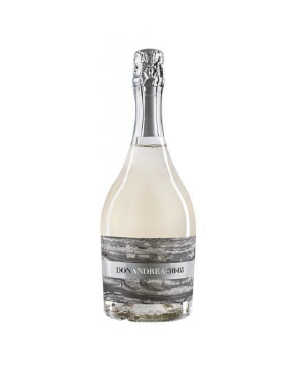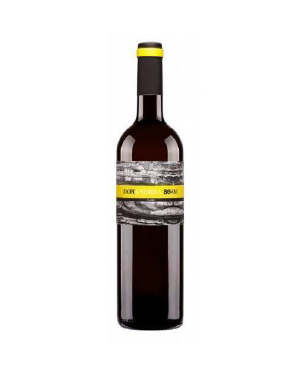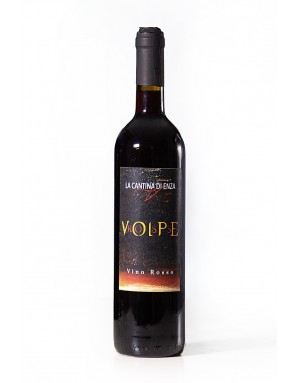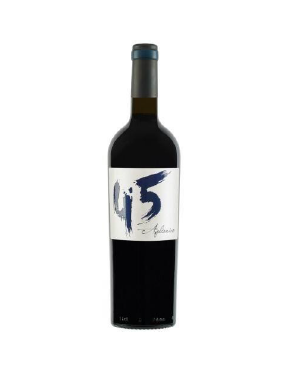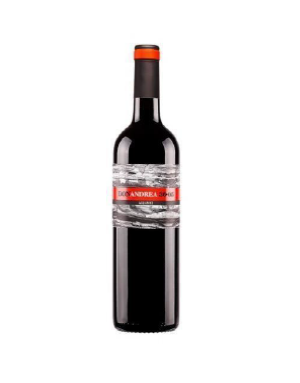White Foxtail PGI
The Coda di Volpe vine is an ancient white grape variety from Campania
The name “ Coda di Volpe ” derives from the Latin “Cauda Vulpium”, an expression that associates the characteristic shape of the bunch with that of the fox's tail .
Coda di Volpe has gone from being a minor vine to be used for blending with other varieties of the area to become a real and much appreciated wine thanks to the commitment put in place by Campan i winemakers.
The Coda di Volpe vine is an ancient white grape variety from Campania
The name “ Coda di Volpe ” derives from the Latin “Cauda Vulpium”, an expression that associates the characteristic shape of the bunch with that of the fox's tail .
Coda di Volpe has gone from being a minor vine to be used for blending with other varieties of the area to become a real and much appreciated wine thanks to the commitment put in place by Campan i winemakers.
Its cultivation takes place in almost the entire region, and is part of numerous DOC Campania denominations of origin . Its favorite land, however, is Irpinia, where it finds the most favorable conditions, on hills of medium altitude with good sun exposure. Precisely for this reason we find it widely at the foot of Vesuvius, but also in Benevento, in the Sannio and Taburno areas.
The white wine Coda di Volpe comes with large clusters, with a pale yellow color with golden hues, pleasant scent, which take over the pear-fruity notes, quince, pineapple, banana, peaches and hints of flowers and minerals.
As far as the taste is concerned, it is a typically savory wine, fresh for acidity and dry, with a good structure, with very persistent fruity and floral flavors.
It goes well with seafood appetizers, delicate and fish-based first courses, in fact its freshness makes it pleasant combined with first courses with delicate fish sauces and seafood risottos but also with pasta with vegetables typical of the peasant tradition, such as pasta and peas , green beans, courgettes, chickpeas, lentils.
For the latter, on the other hand, it is paired with white meats, shellfish and stewed fish
DATA SHEET
Fertilizers (type and frequency): none
Harvest start date : last week of October
Method of harvest : manual in boxes
Use of grapes purchased from third parties (if yes, in what percentage): no
Certifications : organic
Pressing method : hand operated press
Vinifiers in (material ): steel
Maceration: about 10/12 days on the skin
Sulfur dioxide and / or ascorbic acid (quantity and time of addition) : max 5gr at bottling
Use of selected yeasts : no
Stabilization methodology : no
Filtrations (if yes, type) : no
Clarification (if yes, type ): no
Possible aging in steel (duration ): 12 months
Possible aging in cask or barrique (type, capacity and number of steps ): no
Possible refinement in the bottle (duration): about six months
Any corrections : no
Use of concentrated must / rectified concentrated must : no
Use of concentrator : no
Practices of "bloodletting ": no
Grape / wine yield (%): 70%
Alcoholic strength : 12.00
